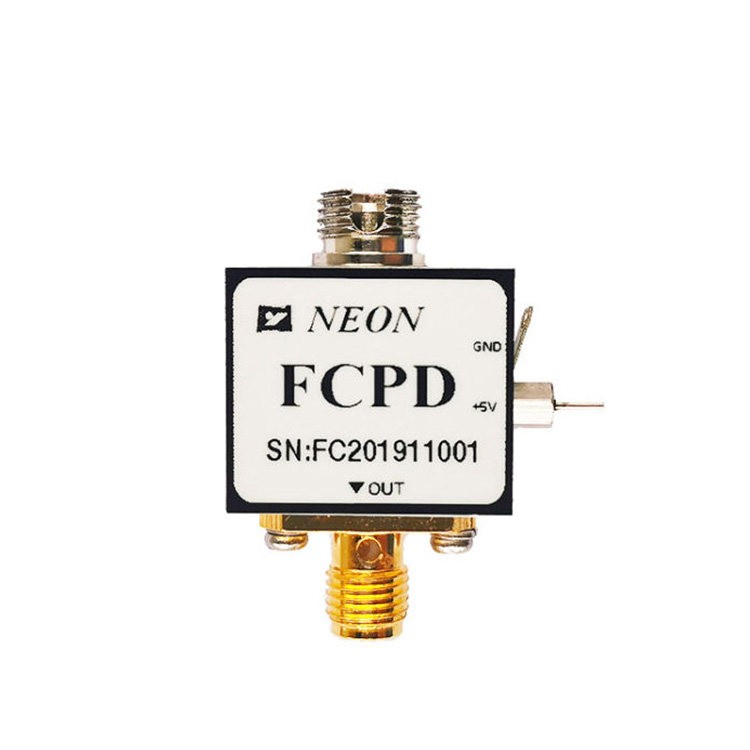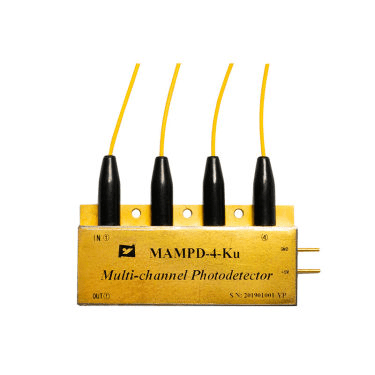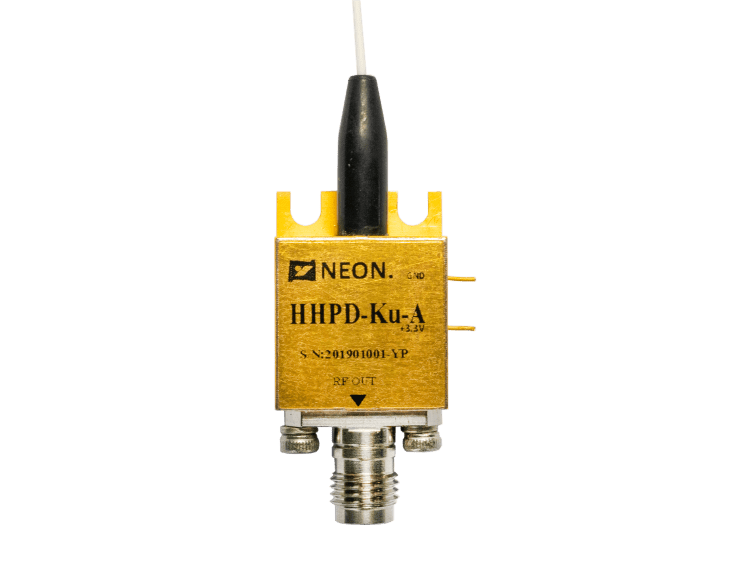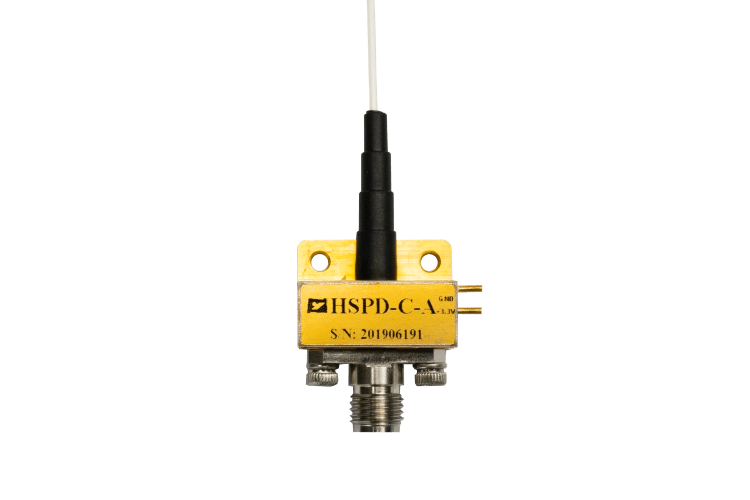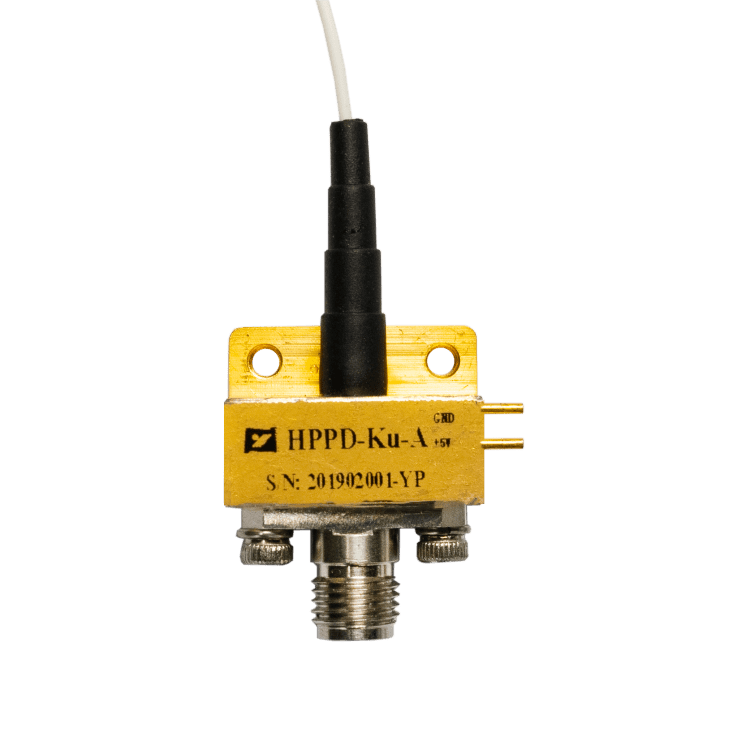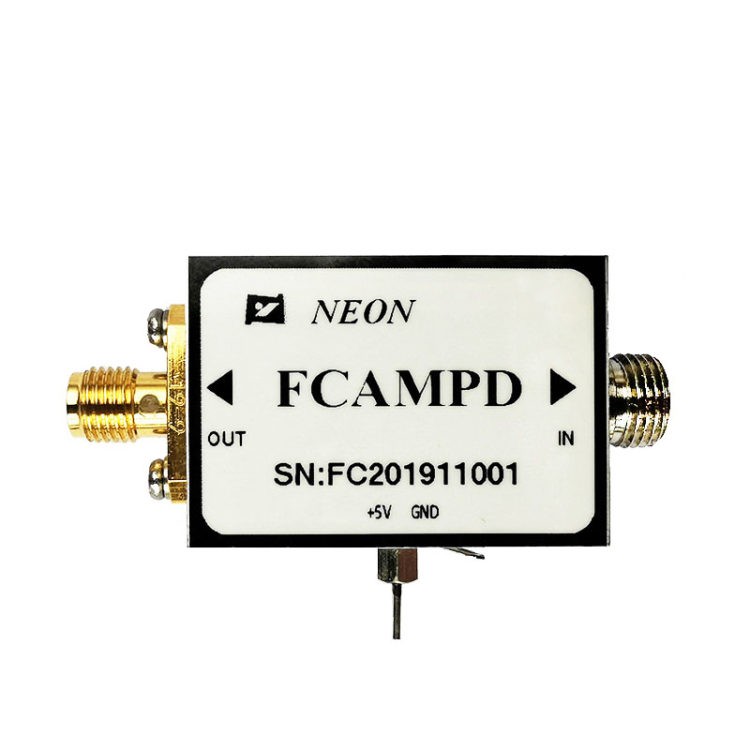Photodetector in Optical Communication vs Spectrophotometer: Is it the Same?
The ability to convert light into electrical signals, a phenomenon known as the photoelectric effect, has revolutionized numerous fields. Photodetectors, the devices responsible for this conversion, are fundamental components in diverse applications, from high-speed data transmission to chemical analysis. While both optical communication and spectrophotometry rely on photodetectors, the specific requirements and functionalities differ significantly, leading to distinct design and optimization approaches. This article delves into the similarities and differences between photodetectors in these two domains, exploring their unique characteristics and applications.
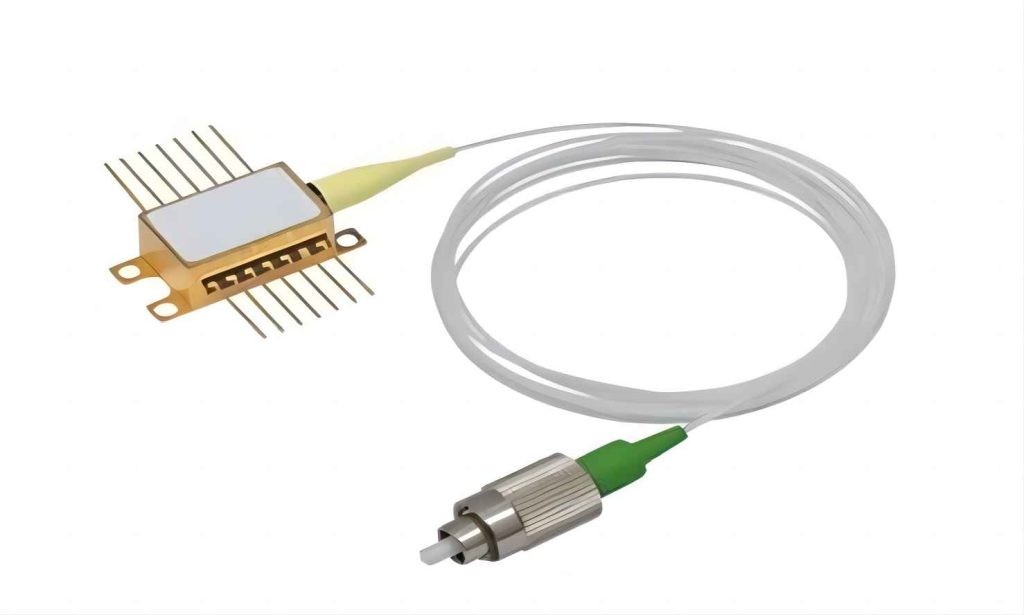
The Similarities of Photodetector in Optical Communication and Spectrophotometer
Despite their divergent applications, photodetectors in both optical communication and spectrophotometry share several fundamental principles and functionalities:
- Core Conversion Process: At the heart of both applications lies the photoelectric effect, where light interacts with a material, typically a semiconductor, causing electrons to be excited from their valence band to the conduction band. This change in energy state generates charge carriers, measured as an electrical current or voltage, forming the basis for light-to-electrical signal conversion.
- Material Selection: The choice of semiconductor material is crucial in both realms. Each material possesses a specific bandgap, determining its sensitivity to specific wavelengths of light. Both fields require materials with bandgaps carefully chosen to match their desired operating wavelengths. For example, optical communication systems often utilize materials like indium gallium arsenide (InGaAs) due to its sensitivity in the 1550 nm range, while spectrophotometers might employ silicon for visible light detection or lead sulfide for near-infrared analysis.
- Performance Considerations: Both optical communication and spectrophotometry strive for optimal responsivity, which refers to the efficiency of converting light into an electrical signal. This demands careful design and optimization to maximize the number of generated charge carriers per incident photon. Additionally, minimizing noise is crucial for accurate signal detection. Techniques like advanced fabrication processes and shielding from external sources are frequently employed in both fields to guarantee reliable measurements.
The Differences of Photodetector in Optical Communication and Spectrophotometer
While sharing fundamental principles, photodetectors in optical communication and spectrophotometry diverge significantly in their design and performance priorities due to distinct application requirements:
1. Wavelength Range:
- Optical Communication: Primarily focuses on specific bands within the optical spectrum, typically around 850 nm (telecommunications) or 1550 nm (data links). This allows for optimized materials and designs for efficient light-to-electric conversion within these specific ranges.
- Spectrophotometry: Often requires a broader range, encompassing the UV, Vis, and NIR regions, potentially extending beyond. This necessitates materials with wider bandgaps and design features that accommodate a diverse range of wavelengths, leading to more complex detector structures.
2. Sensitivity:
- Optical Communication: Demands high sensitivity to detect weak signals transmitted over long distances. This necessitates photodetectors with high internal gain, often achieved through techniques like avalanche multiplication in APDs.
- Spectrophotometry: Sensitivity requirements vary based on the application. Trace detection might require high sensitivity, while analysis of samples with wider intensity variations might prioritize a broader dynamic range over absolute sensitivity. This leads to a wider variety of detector types employed in spectrophotometry, each offering different sensitivity levels and dynamic ranges.
3. Speed:
- Optical Communication: High-speed response is crucial for fast data transmission, often exceeding 10 Gbps. Photodetectors need fast rise and fall times to accurately capture and process rapid signal changes, demanding specialized design features for high-speed operation.
- Spectrophotometry: While requiring accurate intensity measurements, speed is often less critical than high signal-to-noise ratio and resolution. This allows for the use of detectors with slower response times, offering benefits like higher sensitivity or wider dynamic range.
4. Dynamic Range:
- Optical Communication: Systems encounter significant signal strength variations due to distance and attenuation. Photodetectors need a broad dynamic range to avoid saturation or clipping of weak signals while still accommodating stronger ones. This often necessitates specialized design techniques to achieve a wide dynamic range.
- Spectrophotometry: Typically deals with narrower intensity ranges within specific samples. The required dynamic range might be less demanding, allowing for the use of detectors with smaller dynamic ranges, potentially offering advantages in other performance aspects like sensitivity or noise characteristics.
5. Detector Type:
- Optical Communication: Frequently utilizes APDs due to their high sensitivity and gain, offering significant advantages in detecting weak signals over long distances.
- Spectrophotometry: Employs a wider variety of detectors based on specific needs. Photodiodes are popular for their simplicity and reliability, PMTs offer extreme sensitivity for low-light applications, and CCDs provide spatial information capture capabilities. The choice of detector type depends on the specific analysis requirements and sample characteristics.
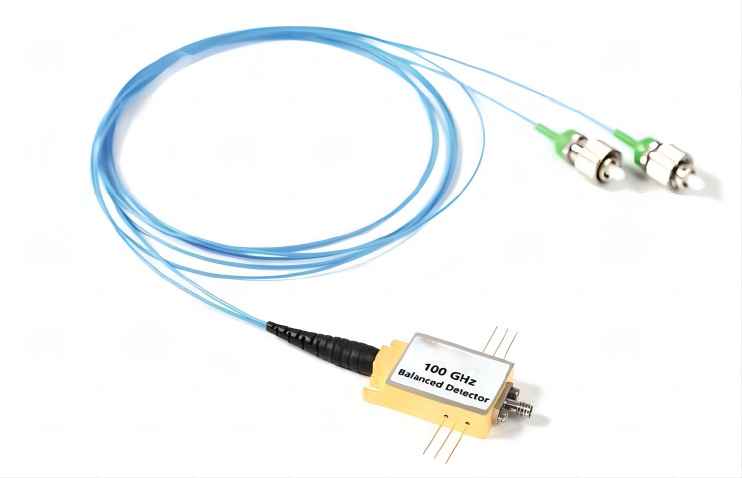
The Uses of Photodetectors in Different Fields
The unique design choices and performance priorities of photodetectors in optical communication and spectrophotometry lead to distinct applications across various fields:
1. Photodetector in Optical Communication
- High-Speed Data Transmission: The core function of optical communication is the rapid and reliable transfer of information through optical fibers. Photodetectors, particularly avalanche photodiodes (APDs) with their high sensitivity and gain, are essential for converting faint optical signals into electrical currents at the receiving end. These signals are then processed and decoded, enabling the internet, data centers, and telecommunication networks to function.
- LiDAR Technology: Light detection and ranging (LiDAR) utilizes pulsed lasers and sensitive photodetectors to measure distances and create 3D maps of environments. Here, photodetectors with fast response times and high dynamic range are crucial for accurately capturing the reflected light pulses and determining object locations.
- Free-Space Communication: Beyond optical fibers, photodetectors play a vital role in satellite and deep-space communication systems. These systems rely on detectors designed to handle weak optical signals transmitted across vast distances in free space. Specialized detectors with high sensitivity and low noise, often incorporating advanced cooling techniques, are employed to capture these faint signals and enable communication with satellites and spacecraft.
2. Photodetector in Spectrophotometry
- Chemical Analysis: This technique identifies and quantifies molecules by analyzing their interaction with light. Photodetectors, like photodiodes and photomultiplier tubes (PMTs), measure the intensity of light absorbed by the sample at various wavelengths. By analyzing the resulting absorption spectrum, scientists can identify and quantify specific molecules present in the sample. This method finds applications in fields like pharmaceutical research, food analysis, and environmental monitoring.
- Material Characterization: Photodetectors play a crucial role in evaluating the properties of various materials. By measuring how materials absorb or reflect light at different wavelengths, scientists can determine key characteristics like bandgaps, impurity levels, and crystalline structure. This information is essential for developing new materials and optimizing existing ones in fields like electronics, solar energy, and nanotechnology.
- Environmental Monitoring: Monitoring pollutant concentrations in air, water, and soil is crucial for environmental protection. Spectrometers equipped with sensitive photodetectors can detect the presence and measure the concentration of various pollutants by analyzing their specific absorption spectra. This information helps in assessing air quality, identifying water contaminants, and monitoring industrial emissions.
- Astronomy: Studying the composition and properties of stars, planets, and other celestial objects relies heavily on spectroscopy. Telescopes equipped with sophisticated photodetectors are often cooled to minimize noise and collect light from distant objects. Analyzing the spectrum of this light reveals information about the chemical composition, temperature, and even motion of these celestial bodies, offering valuable insights into the universe.
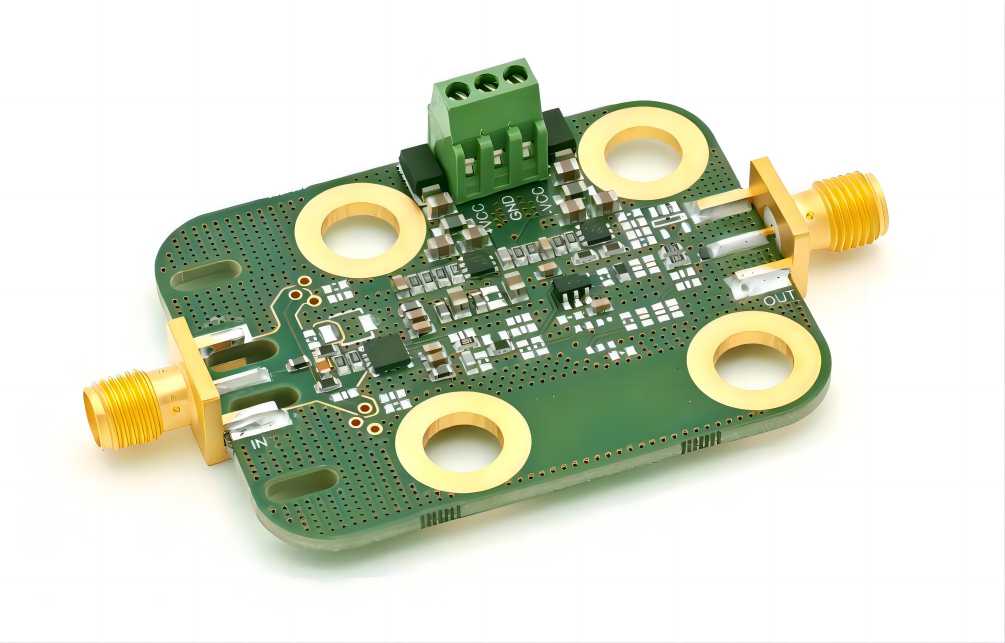
Conclusion
While photodetectors in optical communication and spectrophotometry follow divergent paths in design and optimization, they share a common foundation in the fundamental principles of light-to-electric signal conversion. Understanding their specific requirements and functionalities is crucial for choosing the right detector for each application.


